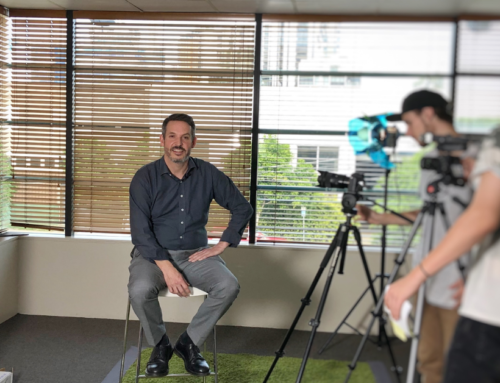|
|
I’ve just completed my third customer feedback survey this week, and it’s only Wednesday. I’ve been asked to provide feedback on the delivery of a parcel, a change to my private health insurance, and on the purchase of a pair of running shoes. I also tried to provide feedback on an interaction with a Telco, but that resulted in the consultant ending the call… I guess they weren’t really interested!
In each case, the feedback took the form of a Net Promoter System (NPS) question: “Based on your recent experience, how likely are you to recommend <insert company name here> to family and friends?”.
It’s great to see organisations seeking feedback with a quick and simple tool like NPS, but it’s left me wondering how much value organisations, and ultimately consumers, are extracting from the exercise? It seems like some organisations are implementing feedback systems to just tick a box, or achieve a KPI, rather than truly seeking to understand their customers.
At 3rdView, we are often asked about customer feedback tools as they are a critical part of a Customer-focused Culture. My short answer is that it’s not about the tool… it’s about the philosophies behind the feedback system, and what happens next.
In my experience there are three things that need to be present if you’re going to make the most of your feedback system – openness, empathy and action.
1. Openness
“Have we engaged our customers to find out their views?”
A CEO once told me “Why would I ask customers? I know they’ll only have bad things to say!” to justify the absence of a feedback system. This CEO had never been open to listening to customers, and I suspect that’s why there was nothing nice to hear!
The best organisations are those where everyone is hungry to hear the customer response because they know it will help them improve. They see feedback as gold, and treat it like a gift even when it makes them cringe!
If you aren’t open to hearing the good, the bad and the ugly, then don’t ask. Don’t bother wasting everyone’s time.
2. Empathy
“Can you tell me more about your experience?”
When customers provide positive feedback, organisations tend to celebrate. Someone gets a pat on the back, and everyone is proud of the great outcome they’ve achieved.
On the flipside, when a complaint is received, we often hear people become defensive, and try to convince their peers and managers that the customer is wrong, or that the customer doesn’t understand.
Regardless of the feedback, your first priority should be to empathise. Stand in the customer’s shoes and try to see the situation from their perspective. Find out why the experience was particularly good, or bad, and seek to understand the full picture. Unpack the words they use, and understand the nuances behind the experience they’ve had.
By understanding the feedback more deeply, any improvements you make will be more effective.
3. Action
“Thanks! Let’s see what we can do.”
Action comes in two forms – fixing the customer problem at hand, and then improving the system to avoid recurrence.
By taking action, you demonstrate that customer feedback really does matter. This ensures the customer ‘gift’ helps improve the experience for everyone.
If you want to destroy your feedback system, do nothing. Ignore customer feedback, or promise action without intent, and I guarantee you that your customers won’t bother you for long. They’ll go and find someone that does listen.
So, before you implement a new feedback system, chat to 3rdView to ensure that you have a culture that’s ready to listen, ready to empathise, and ready to take action.
Most importantly, remember that feedback is a gift that comes from the customers who want to see you succeed – cherish them!



